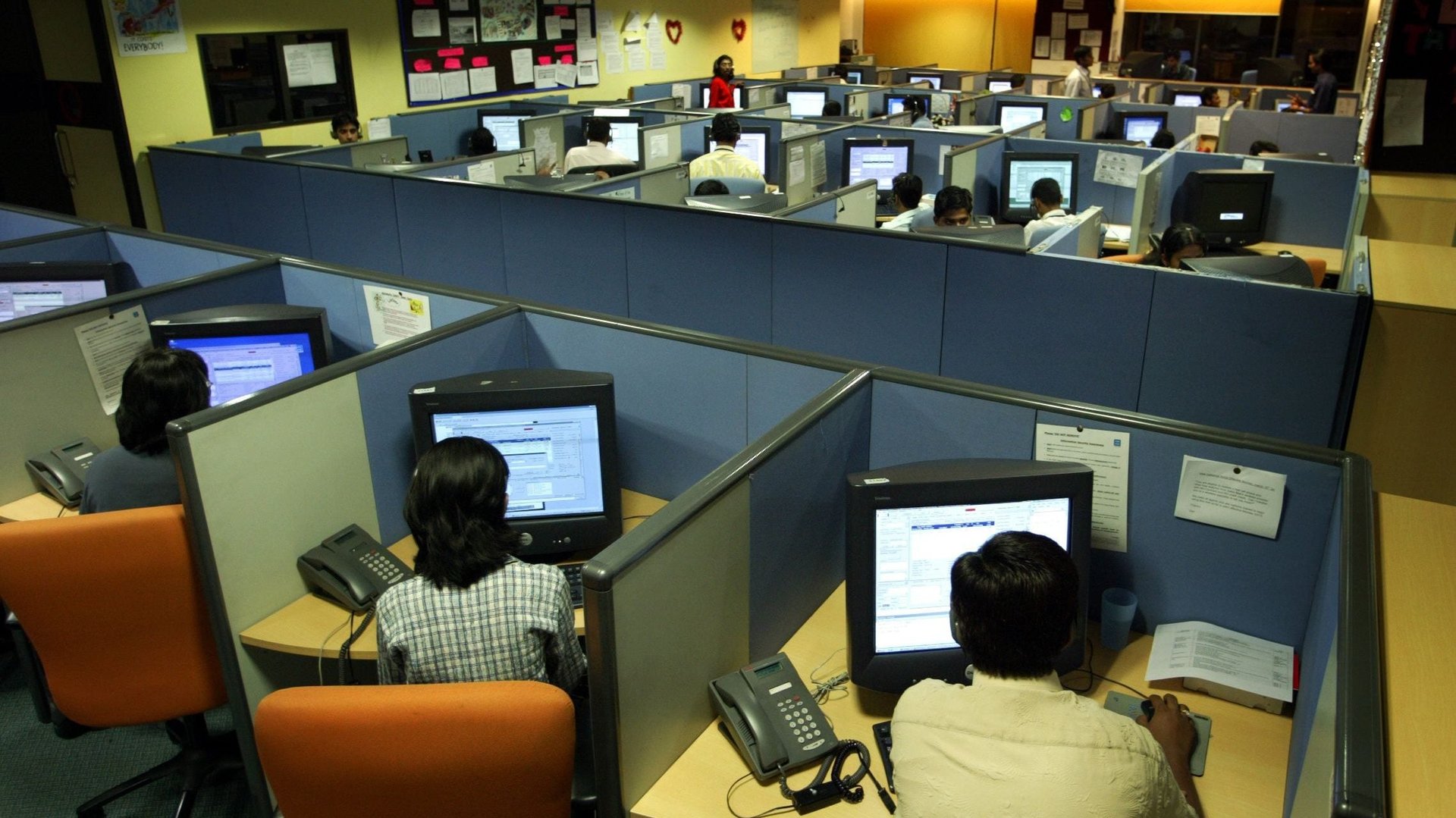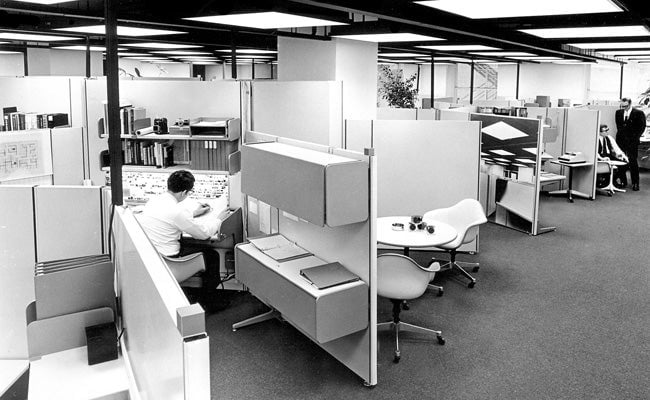The inventor of the cubicle created them to give office workers a sense of freedom
Before Robert Propst came around, offices looked like assembly lines.


Before Robert Propst came around, offices looked like assembly lines.
Flat desks were set up side by side so that management could look over employees like supervisors observing machines on the factory floor. But Propst, the head of research at the Herman Miller furniture company, thought something needed to change.
“Today’s office is a wasteland,” Propst wrote in 1960. “It saps vitality, blocks talent, frustrates accomplishment. It is the daily scene of unfulfilled intentions and failed effort.”
So in the 1960s, Propst designed a new type of workspace called the Action Office. It consisted of three-walled, hinged dividers, built for “movement” and “flexibility,” a far cry from the oppressiveness we now associate with the cubicle. Partly this is due to the fact that the Action Office wasn’t actually a cube. The modular mix of walls and desks was dynamic and gave workers both the privacy to focus and the space to collaborate.

Through the 1970s and 1980s the Action Office concept caught on. But, as the design continued to spread from office to office like a game of telephone, it started to lose its integrity. Managers squared off the corners of workstations in order to cram more desks into a room. Eventually, many offices resembled the cube farms we know today.

Over time, the Action Office not only lost its original design, but also its reputation. The recessions of the 1980s and early 1990s brought workers from office to office, box to box. A spike in mergers and acquisitions shipped workers to and from offices en masse. Clusters of desks sat empty like a group of unmarked tombstones. Instead of freedom and modernity, the cubicle became a mark of replaceability.
Now, open-office plans have become all the rage. But a recent study from Harvard found that in open offices, employees ended up communicating less face to face.
Maybe it’s time for a resurgence of Propst’s creation, a flexible setup for workplaces that are probably a lot more prepared to embrace flexibility than they were 50 years ago.